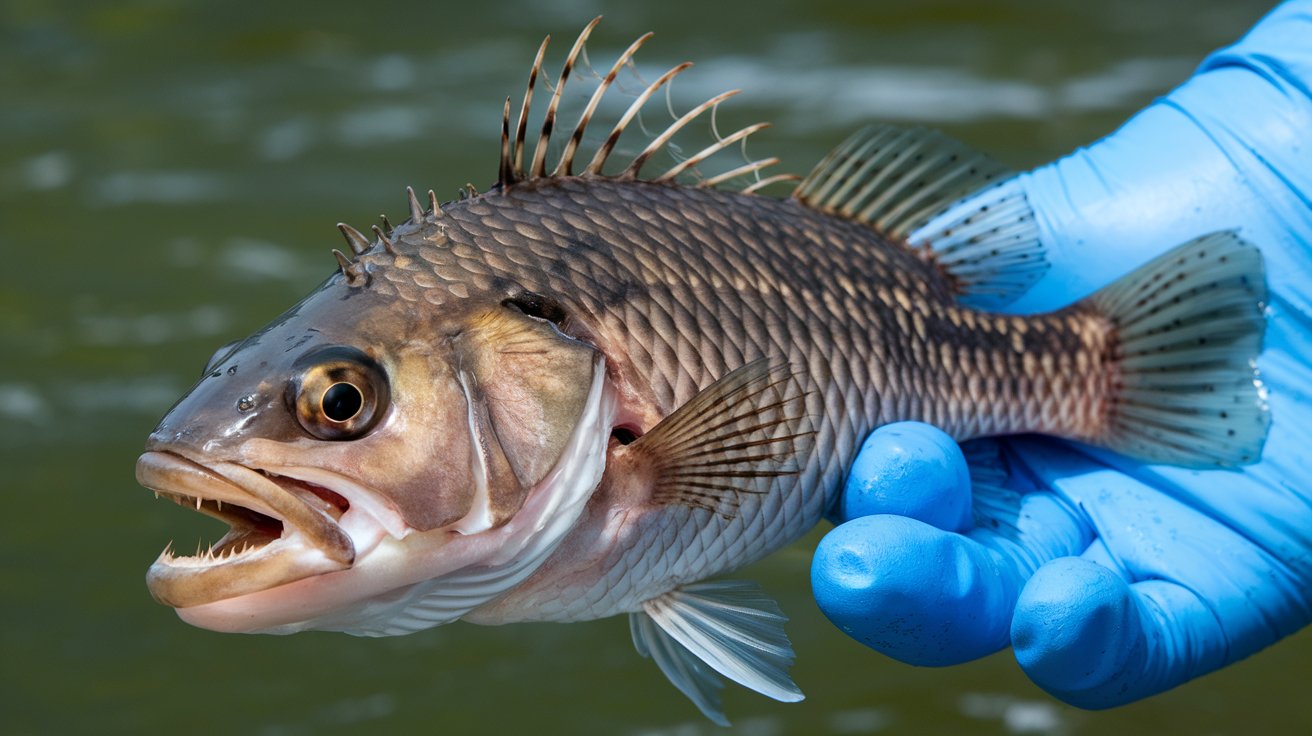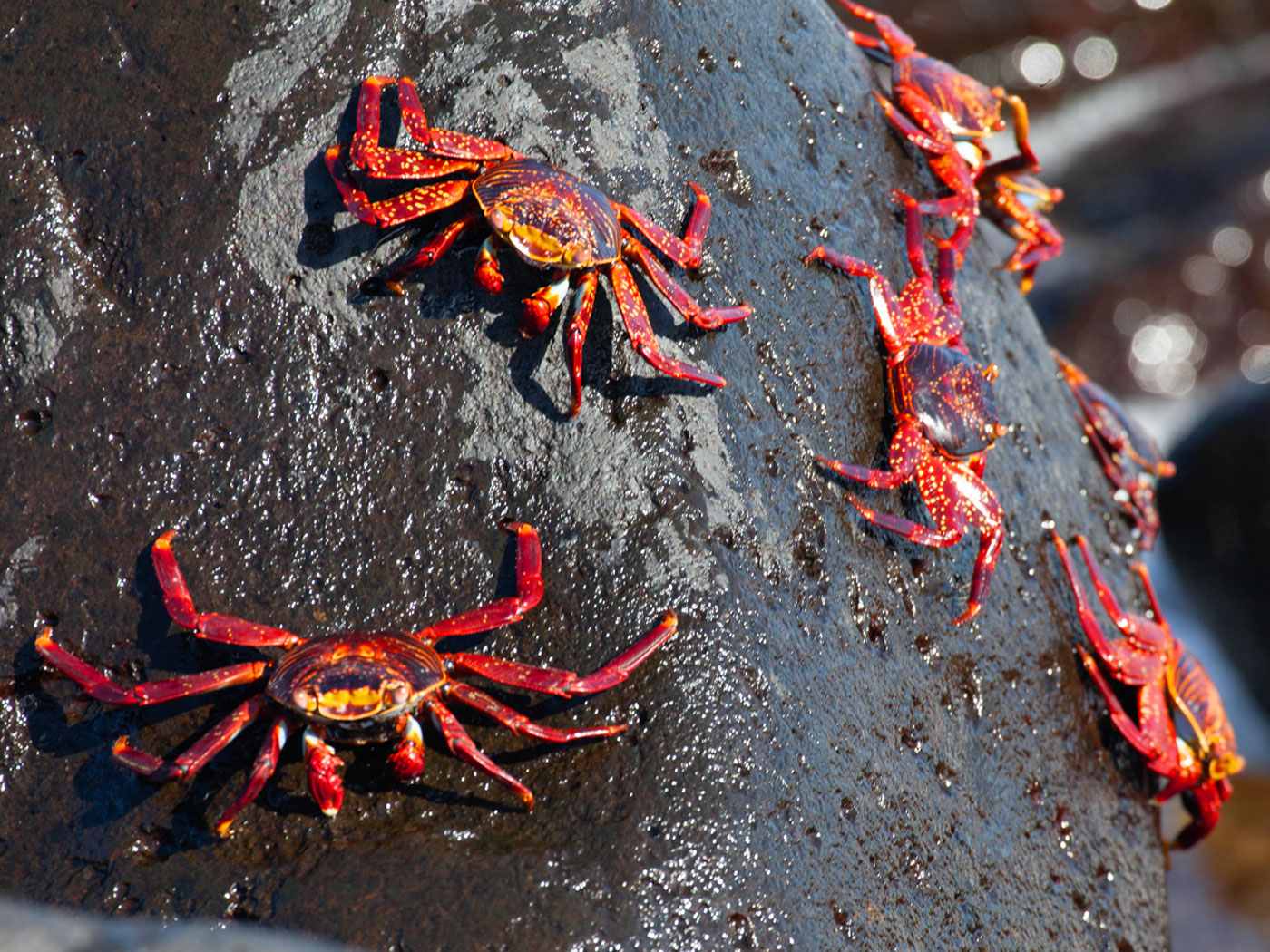
Candiru, also known as the vampire fish, is a tiny yet notorious freshwater fish found in the Amazon River. Despite its small size, this parasitic fish has gained a fearsome reputation due to its unusual feeding habits. Candiru is infamous for its alleged ability to enter the human body through bodily orifices, although such incidents are extremely rare and often exaggerated. This slender, translucent fish primarily preys on the blood of larger fish, using its sharp spines to latch onto gills. Understanding the candiru involves separating myth from reality, as many stories about this creature are steeped in folklore. This article will provide 35 intriguing facts about the candiru, shedding light on its biology, behavior, and the truth behind its fearsome legend.
What is a Candiru?
The Candiru is a small, parasitic fish found in the Amazon River. Known for its infamous reputation, this fish has fascinated and terrified people for centuries. Let's dive into some intriguing facts about this tiny yet notorious creature.
- The Candiru is also known as the "vampire fish" because it feeds on the blood of other fish.
- It belongs to the catfish family and is scientifically named Vandellia cirrhosa.
- These fish are tiny, usually growing only 1 to 2 inches long.
- Candiru are transparent, making them difficult to spot in the water.
- They are known for their parasitic behavior, often entering the gills of larger fish to feed on their blood.
Habitat and Behavior
Understanding where and how the Candiru lives can shed light on its unique characteristics and behaviors.
- Candiru are native to the Amazon Basin in South America.
- They thrive in freshwater rivers and streams with strong currents.
- These fish are nocturnal, meaning they are most active at night.
- Candiru use their keen sense of smell to locate hosts in the water.
- They are attracted to the ammonia released by fish gills, which helps them find their prey.
Infamous Reputation
The Candiru's reputation isn't just folklore; it has some basis in reality, although often exaggerated.
- There are stories of Candiru entering human orifices, but these are rare and often disputed by scientists.
- The fish's spines make it difficult to remove once it has latched onto a host.
- Candiru have been known to cause serious injuries to both fish and humans.
- Despite their fearsome reputation, they are not a significant threat to humans.
- Most documented cases of Candiru attacks on humans are anecdotal and lack scientific evidence.
Diet and Feeding Habits
The Candiru's diet and feeding habits are as unique as the fish itself.
- Besides blood, Candiru also feed on detritus and other organic matter.
- They use their sharp teeth to latch onto their host and create a wound.
- Candiru can survive for long periods without feeding.
- They have a high metabolic rate, which requires them to feed frequently when possible.
- The fish's feeding habits play a crucial role in the ecosystem, helping to control the population of other fish.
Reproduction and Lifespan
The life cycle of the Candiru is another fascinating aspect of this tiny fish.
- Candiru reproduce through spawning, where females release eggs and males fertilize them externally.
- They have a short lifespan, typically living only a few years.
- The fish reach sexual maturity quickly, often within a year.
- Candiru eggs are tiny and can be difficult to spot in the water.
- The fish's rapid reproduction helps maintain their population despite their small size.
Ecological Impact
Despite their small size, Candiru have a significant impact on their environment.
- They help control the population of other fish by feeding on their blood.
- Candiru play a role in the nutrient cycle by breaking down organic matter.
- Their presence indicates a healthy ecosystem, as they thrive in clean, oxygen-rich water.
- The fish are preyed upon by larger predators, contributing to the food chain.
- Candiru are considered a keystone species in the Amazon Basin, meaning their presence is crucial for maintaining ecological balance.
Human Interaction and Myths
Candiru have been the subject of many myths and legends, some of which have a basis in reality.
- Indigenous people of the Amazon have long known about the Candiru and its habits.
- Some tribes use natural remedies to protect themselves from Candiru attacks.
- Modern science has debunked many myths about the fish, but its reputation persists.
- Candiru are sometimes kept in aquariums for study, despite their parasitic nature.
- The fish's unique behavior continues to fascinate researchers and laypeople alike.
Final Thoughts on Candiru
Candiru, the tiny fish with a big reputation, has fascinated and terrified people for centuries. Despite its small size, this Amazonian fish has sparked countless myths and legends. While its parasitic behavior is rare, it’s enough to make anyone think twice about swimming in its native waters. Understanding the candiru helps dispel some of the fear and misinformation surrounding it. This fish plays a role in its ecosystem, contributing to the balance of aquatic life. Though its notoriety might be exaggerated, the candiru remains a subject of interest for scientists and thrill-seekers alike. So, next time you hear a wild story about this little fish, you’ll know the facts behind the legend. Stay curious, and remember, nature is full of surprises, both big and small.
Was this page helpful?
Our commitment to delivering trustworthy and engaging content is at the heart of what we do. Each fact on our site is contributed by real users like you, bringing a wealth of diverse insights and information. To ensure the highest standards of accuracy and reliability, our dedicated editors meticulously review each submission. This process guarantees that the facts we share are not only fascinating but also credible. Trust in our commitment to quality and authenticity as you explore and learn with us.


